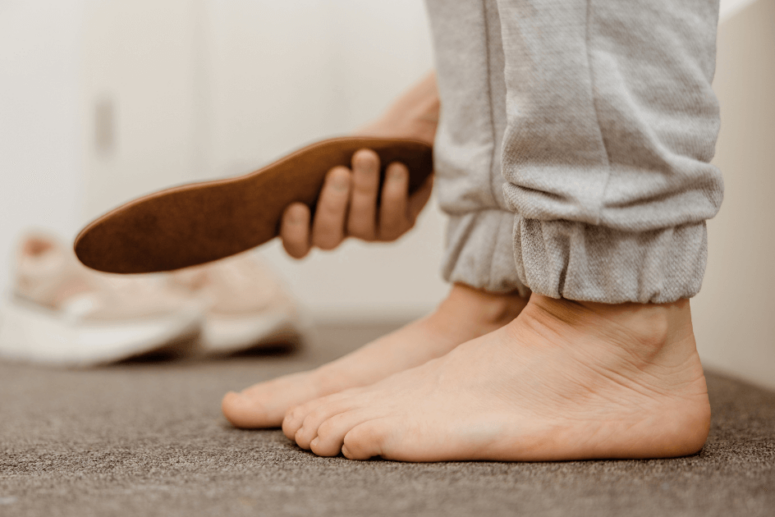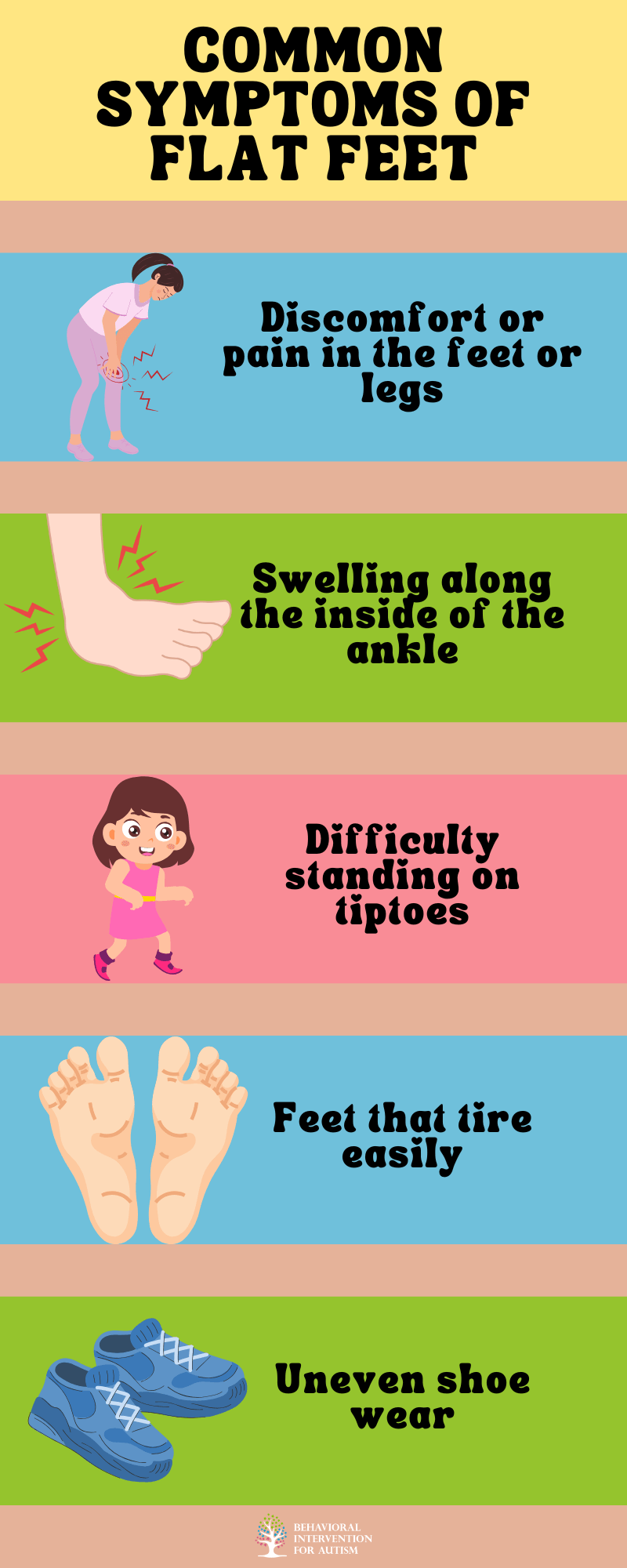
Table of Contents
The correlation between flat feet and autism can be better understood by examining existing research and findings on this intriguing connection.
Is Flat Feet a Sign of Autism?
No, flat feet are not specifically a sign of autism. When the arch of the foot collapses, causing the sole to meet the ground, it is referred to as flat feet or fallen arches. This condition can affect anyone, regardless of whether they are neurodivergent. While some individuals with autism may also experience flat feet due to various factors like motor coordination challenges, it is not a diagnostic symptom of autism itself.
However, it is important to note that individuals with autism spectrum disorder (ASD) often have unique sensory processing and motor difficulties, which may contribute to issues with posture, gait, or coordination. These challenges can sometimes coincide with physical conditions like flat feet, but they are not exclusive to autism. If you’re concerned about flat feet or other physical challenges related to autism, it’s recommended to consult with a healthcare professional who can provide a comprehensive evaluation and tailored recommendations.
The Relationship Between Flat Feet and Autism
Flat feet, or pes planus, is a condition where the foot arches are lower or absent. While some studies suggest a potential link between flat feet and autism spectrum disorder (ASD), the exact relationship remains unclear and requires further research.
Several studies have explored this connection, with mixed findings. Some indicate a higher prevalence of flat feet in individuals with autism, though flat feet can also occur in individuals without autism, highlighting the need for thorough evaluations.
As research on ASD and related conditions progresses, ongoing studies aim to better understand the link between flat feet and autism. Parents and caregivers should seek professional guidance to ensure the well-being of individuals with autism, addressing both their unique needs and any comorbidities.
Signs and Symptoms
Understanding the signs and symptoms of flat feet in individuals with autism is crucial for timely intervention. Let’s explore the common symptoms of flat feet and how they overlap with those of autism.
Common Symptoms of Flat Feet
Flat feet, also known as pes planus, is a condition where the arches of the feet touch the ground completely while standing. Some common symptoms of flat feet include:

Individuals with flat feet may also experience reduced flexibility in the foot and ankle area, which can impact their gait and overall mobility. It’s essential to address these symptoms proactively to prevent further complications and discomfort.
Overlapping Symptoms with Autism
Interestingly, there are overlapping symptoms between flat feet and autism that may present challenges in distinguishing the two conditions. Some shared symptoms include:
- Sensory sensitivities, such as discomfort with certain textures or sensations
- Motor coordination difficulties, affecting balance and spatial awareness
- Behavioral issues, such as repetitive movements or lack of eye contact
- Communication challenges, including delayed speech development or difficulty expressing needs
These overlapping symptoms highlight the complexity of diagnosing and managing both flat feet and autism in individuals. It underscores the importance of comprehensive assessments by healthcare providers to accurately identify and address each condition’s unique characteristics.
Recognizing the signs and symptoms of flat feet and their overlap with autism, as well as understanding dual diagnosis disorders, allows parents and caregivers to work with healthcare professionals to create tailored strategies that support the well-being of individuals with both conditions.
Seeking Professional Guidance
Addressing concerns about the relationship between flat feet and autism requires professional guidance to ensure comprehensive care. Consulting healthcare providers, such as pediatricians, orthopedic specialists, and developmental pediatricians, is crucial for understanding and managing both conditions effectively.
Diagnostic evaluation plays a key role in identifying flat feet in individuals with autism. This may include physical exams, gait assessments, and imaging studies, along with tools like foot pressure mapping to assess walking patterns and biomechanics. Once evaluated, treatment options like orthotic interventions, physical therapy, and exercises can help improve foot alignment and gait.
Working with healthcare professionals and exploring diagnostic and treatment options helps parents and caregivers effectively address flat feet in individuals with autism. This collaborative approach creates a tailored, holistic care plan to enhance overall well-being.
Managing Flat Feet in Individuals with Autism
A comprehensive approach to managing flat feet in individuals with autism includes orthotic interventions, physical therapy, and targeted exercises. Custom-made orthotics provide support, stability, and cushioning, helping to improve foot alignment, alleviate discomfort, and enhance mobility. These devices are tailored to individual foot structure and pronation levels, promoting better posture and reducing fatigue.
Physical therapy, designed to meet the specific needs of individuals with autism, focuses on improving strength, flexibility, and coordination. Specialized exercises targeting the feet, ankles, and lower limbs can improve gait, posture, and weight-bearing abilities. Therapy sessions also promote motor skills, sensory integration, and body awareness.
Combining orthotics with physical therapy and exercises can improve foot function, mobility, and quality of life for individuals with autism and flat feet. A personalized, multidisciplinary approach addresses both orthopedic and autism-related challenges for optimal outcomes.
Take the Next Step Toward Personalized Support
While flat feet alone are not a definitive sign of autism, understanding how physical and developmental traits connect is an essential part of providing comprehensive support. At Behavioral Intervention For Autism, we offer ABA therapy in Florida designed to address the unique needs of each individual.
Our dedicated team combines evidence-based practices with compassionate care to help children and families thrive. Let us partner with you to create meaningful progress and a brighter future. Contact us today to learn more about our personalized programs and how we can help you achieve your goals.
- 9 Common Obsessions of Children With Autism You Should Know - February 25, 2025
- What is Neurodiversity? A Guide to Embracing Differences - February 25, 2025
- Understanding Hyperfocus in Autism: What It Means and Why It Happens - February 25, 2025
